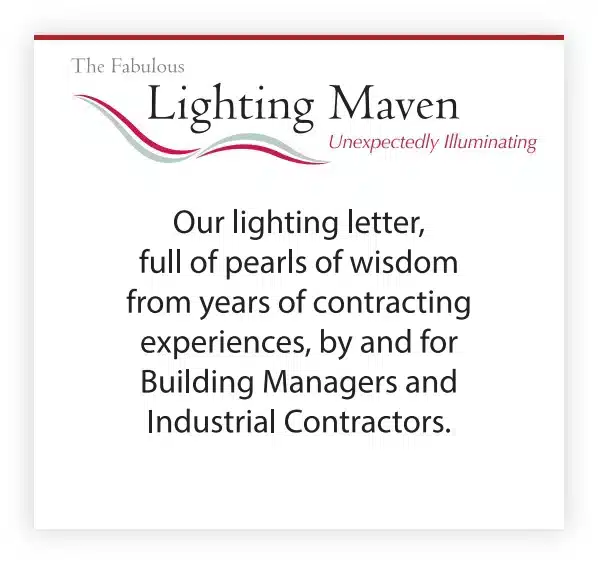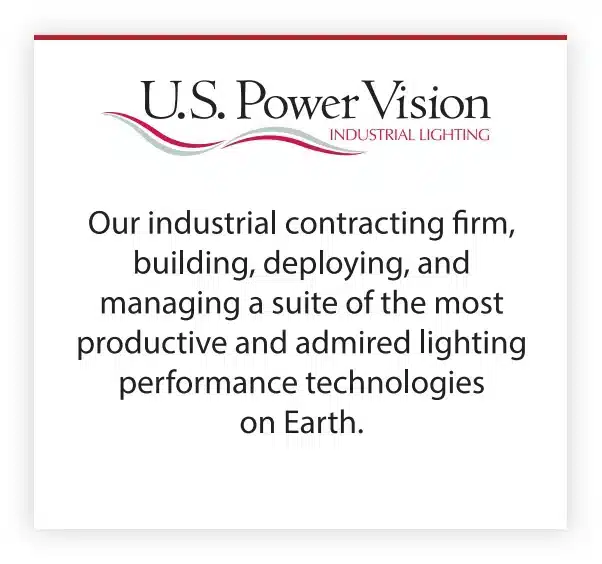Dear Reader:
The more granular you can make the zoning, the more money your firm will save given reduced energy waste. Cutting the lighting system of a plant into zones can be challenging, but with a few ‘rules-of-thumb’ the task can be made to be much easier.
It doesn’t matter how efficient – or inefficient – a fixture is if it’s off, and giving each fixture its own sensor and setting it to control that fixture independent of others will generate the greatest savings. However, the Building Manager will want to be thoughtful, and the following is a window into how our contracting team does it:
- Production Areas – Zoned by work space. When an employee comes into his/her area, all two or three lights directly above behave in concert.
- Circulation Aisles – Typically granular (by individual fixture), but it depends in part on the amount of traffic exists down a given aisle. Too much On/Off activity can be irritational, and by the end of the day, fatiguing. You may want to zone in groups of two or three fixtures.
- Warehouse Areas – Granular, although you might want all of the lights in a particular aisle to come on simultaneously, depending on the length of the aisle.
- Maintenance Areas – Zoned by work area.
- Boiler Rooms – One zone for the entire room, typically switched (no occupancy sensor, as they’ll false trigger).
- Open Offices – One zone for the area, generally. If an open area is laid out with distinct work functions, they may lend themselves to subzones.
- Enclosed Offices – One zone for the entire enclosed office, with all fixtures behaving in concert.
- All, with Daylight Harvesting Opportunities. If there are windows, the Manager can take advantage of sunlight to illuminate portions of the interior spaces. When this is the case, the row closest to the window wall would be the primary daylight zone; the second row would be in the secondary daylight zone, each controlled by a separate photocell.
Look in on Steve Mesh’s Lighting Controls Association piece, The Complete Guide to Lighting Control Zoning for more help.






